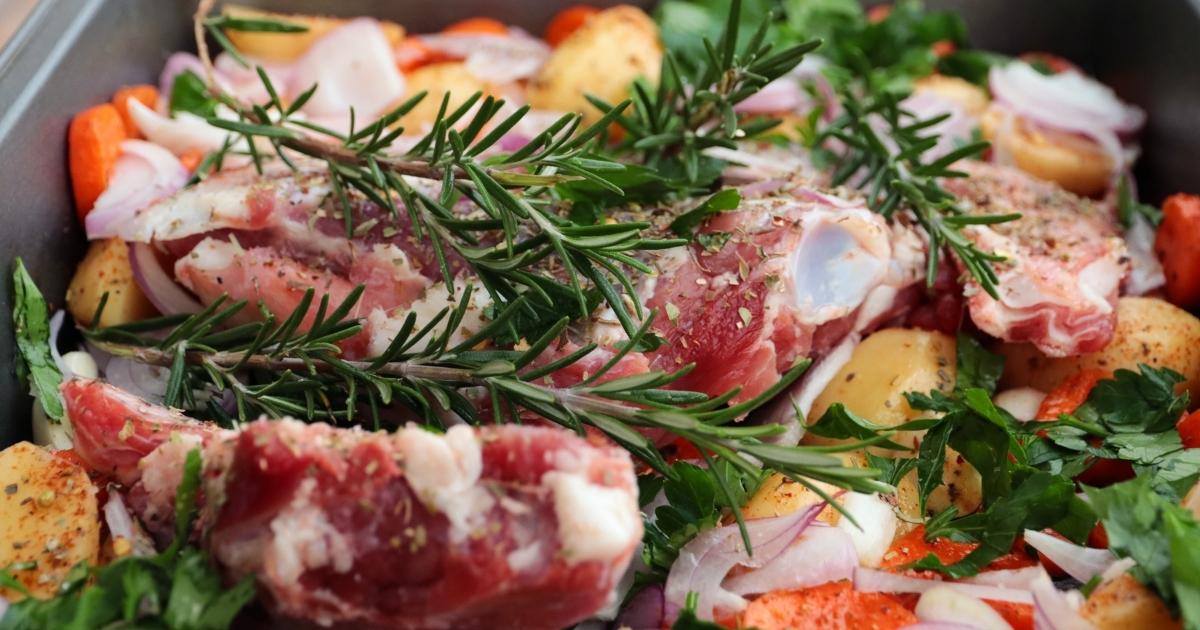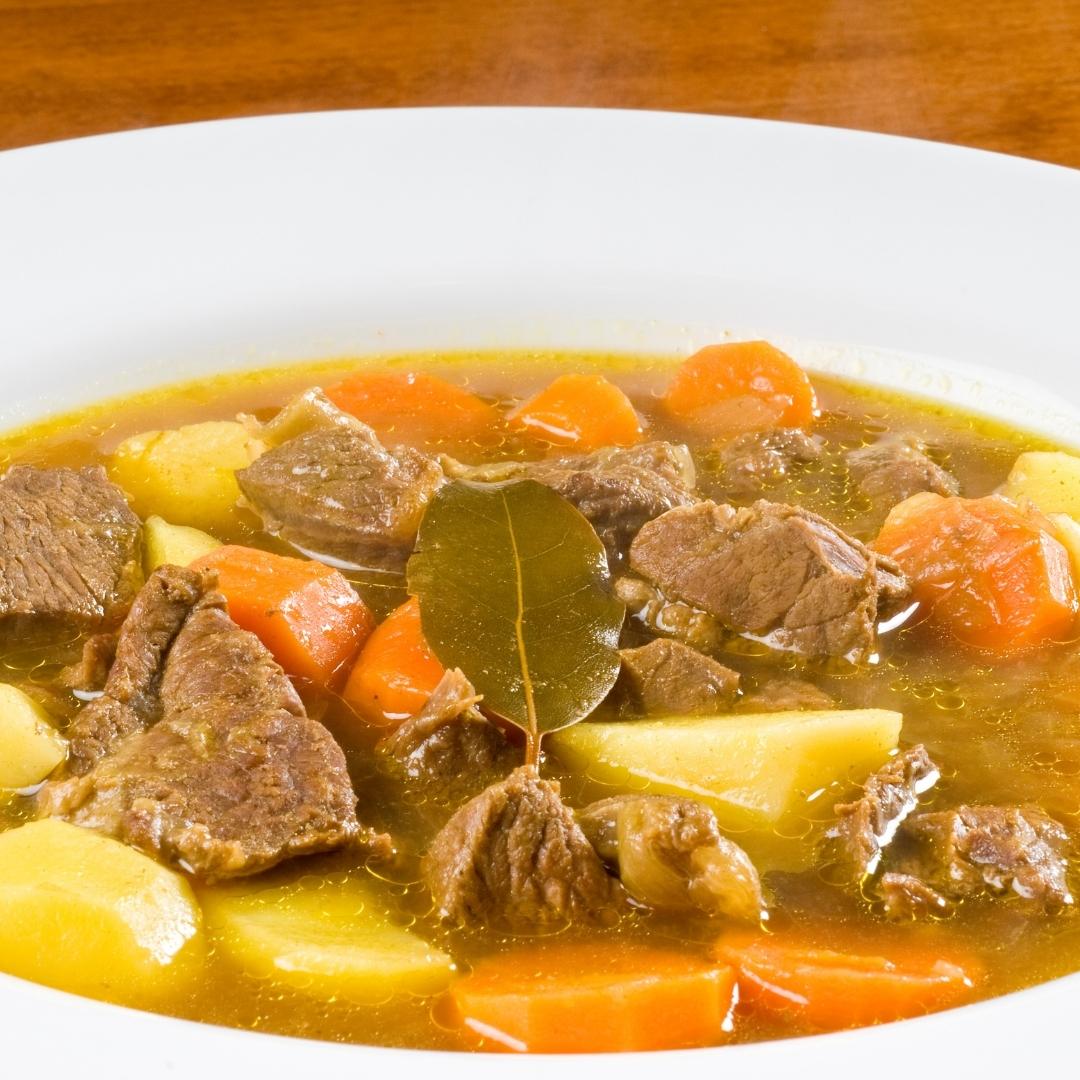
Category: Cooperative Extension

An Alternative Meat for the Holidays
November 18, 2021 Written by Dan Severson, Extension Agent - Agriculture & Animals
As we head into the holidays and think of great memories and food around the dinner table, why not make some new memories by trying something different? Start a new tradition and prepare some chevon or cabrito (more commonly known as goat) this holiday season. Goats are the main source of animal protein in many nations, including South East Asia, the Caribbean, North Africa and countries of the Middle East. This makes goat meat one of the most consumed red meats worldwide. Diverse ethnic groups that immigrate to the United States have fueled a rise in its popularity.
Goat is a lean meat with nutritional qualities that make it a perfect choice for the health-conscious consumer. The table below compares the nutritional qualities of goat meat to the more traditional meats consumed in the U.S. As you can see, goat meat is lower in calories, fat and cholesterol than other meats.
Table 1. Nutrient Composition of Goat and Other Types of Meat 1, 2
| Nutrient | Goat | Chicken | Beef | Pork | Lamb |
|---|---|---|---|---|---|
| Calories | 122 | 162 | 179 | 180 | 175 |
| Fat (g) | 2.6 | 6.3 | 7.9 | 8.2 | 8.1 |
| Saturated Fat | 0.79 | 1.7 | 3.0 | 2.9 | 2.9 |
| Protein (g) | 23 | 25 | 25 | 25 | 24 |
| Cholesterol (mg) | 63.8 | 76.0 | 73.1 | 73.1 | 78.2 |
1 Per 3 oz. of cooked meat, 2 USDA Nutrient Database for Standard Reference, Release 14 (2001)
1 Per 3 oz. of cooked meat, 2 USDA Nutrient Database for Standard Reference, Release 14 (2001)

Goat is the preferred meat for holiday gatherings of many of these ethnic groups. The size and gender of the goat eaten varies between groups and holidays. For example, those celebrating Greek Easter prefer a milk-fed kid weighing about 35 pounds, while the Caribbean holidays favor a 60- to 80-pound non-castrated male goat.
Do not overlook the traditional holidays such as Easter, Christmas and New Year’s as a possibility for incorporating goat meat into your holiday menu. When cooking goat for the first time, remember that goat meat is very lean and has a tendency to dry out if improperly prepared. I tend to handle goat meat just as I would any other read meat. The tougher cuts of meat lend themselves to a moist, low and slow method to prevent drying out and create pleasingly tender results. On the other hand, dry heat methods such as frying or grilling are great for the already tender cuts of goat.
- Ribs. Cut into racks or cutlets that are ideal for grilling or frying.
- Loins. Cut into chops or tenderloins. Loins can also be grilled or fried.
- Leg. Leave the bone in, make roasts, or cut into steaks for grilling or frying.
- Hindshank. Cut into shanks or drumsticks that can be braised, roasted or used in stews.
Since goat meat is still not widely eaten in the U.S., it may be hard to find. Search out a local butcher shop and check on the availability of goat. Or contact your local Extension office to see if they know of a goat producer in the area that may have some for sale. As the demand continues to grow, some name-brand grocery stores are starting to carry exotic meat in their ethnic section as well.
Try something different this holiday season and introduce your family to this delicious and healthy alternative to your traditional menu!
